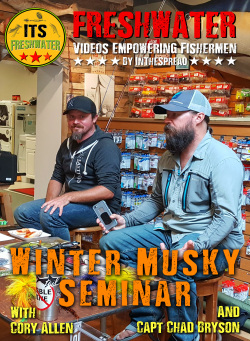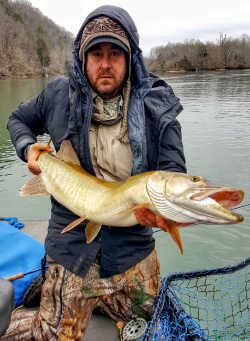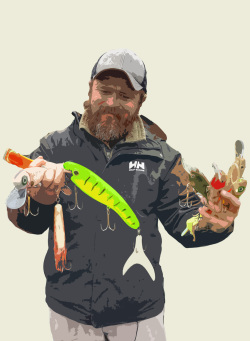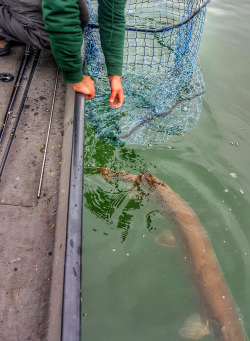The surface bait lineup in musky angling is often overlooked, but it can be effective for larger fish. In this video, Cory Allen discusses topwater musky lures and their "fish catching ability" and their nuanced controls. He also emphasizes the importance of slow working, as slow lures may not be enough. By focusing on their minimal actions, anglers can learn from the best and become smarter in their musky angling.
Muskie - Slow Topwater Lures with Cory Allen
(00:35:24)
Watch Full Video
View Short Trailer
Instructor:
Cory Allen
Description
/
Review
/
Instructor
Video Summary
- Expert: Cory Allen discusses unique topwater lures designed for super slow action.
- Focus on Disturbance: When fishing topwater lures for muskie, the emphasis is often on the disturbance the bait creates.
- Natural vs. Audacious: Essential to note that natural occurrences often create less commotion than our baits.
- Overlooked Aspect: Using topwater lures efficiently at slower speeds is a neglected aspect of musky fishing.
- Sensory Perception: Muskie's sensory perception is eliminates the need for a disturbance to notice a lure.
Login
to leave a review.
User Reviews
There are no reviews yet.Cory Allen
Cory Allen, known as the Tennessee Muskie Authority, has years of expertise in muskie fishing. He is a skilled guide in the Tennessee River drainage basin, specializing in understanding muskellunge behavior and environmental conditions. Allen's dedication to his craft and continuous learning make him a valuable resource for both seasoned and novice anglers.
Read moreVideos
We Recommend
0




